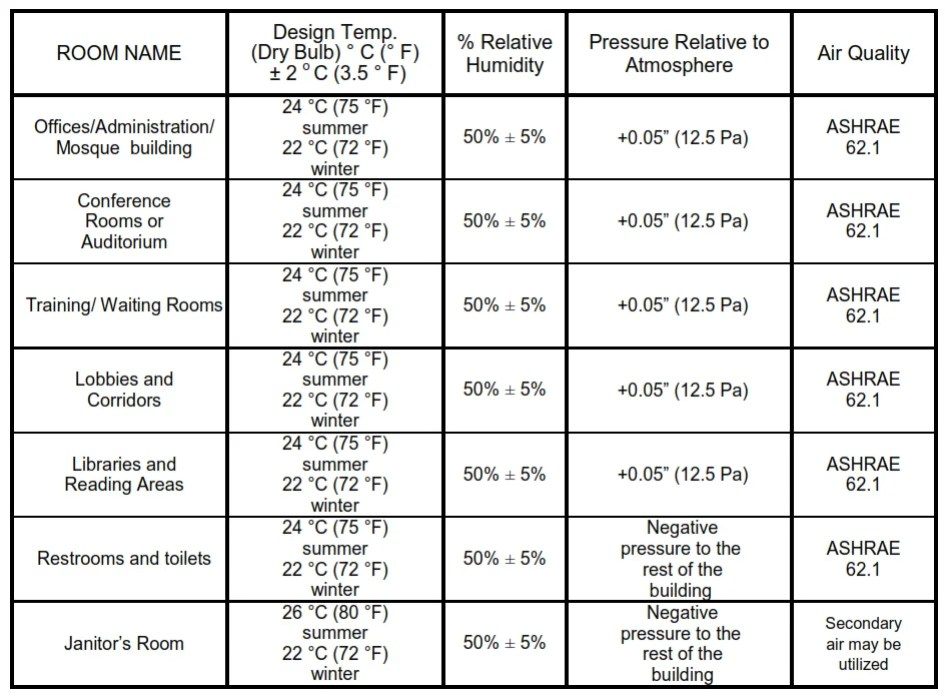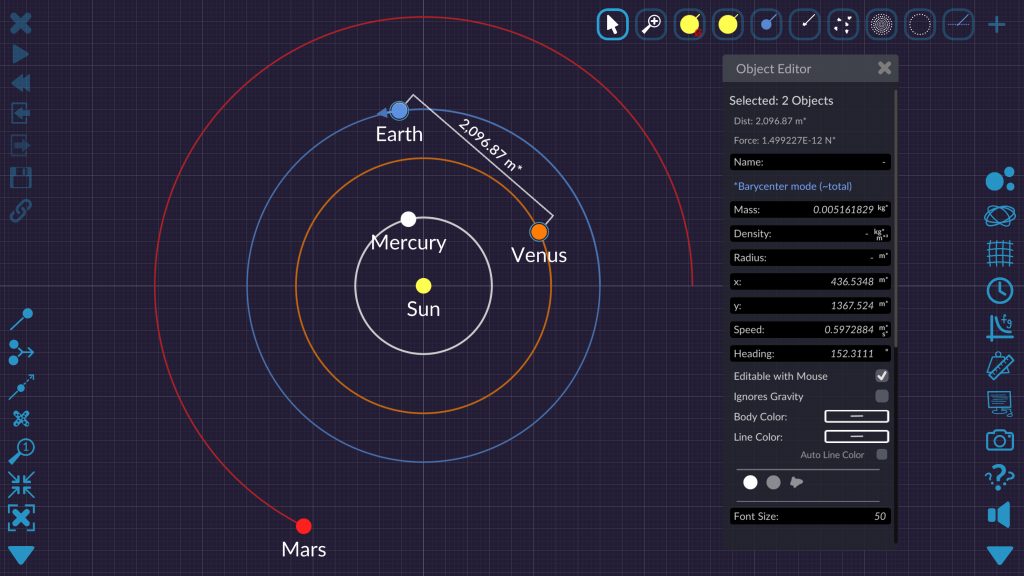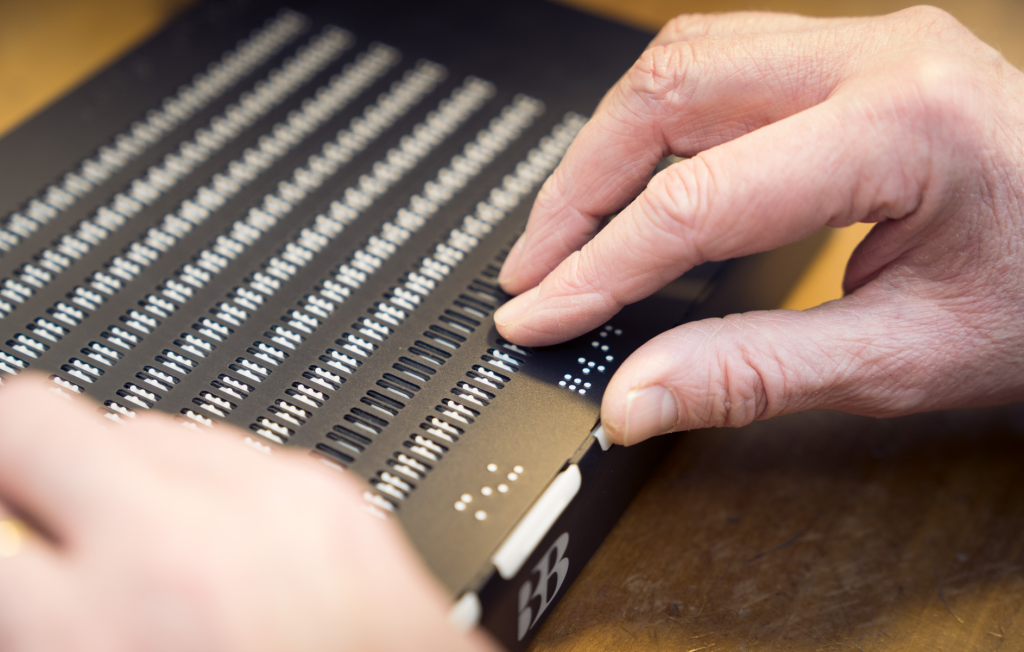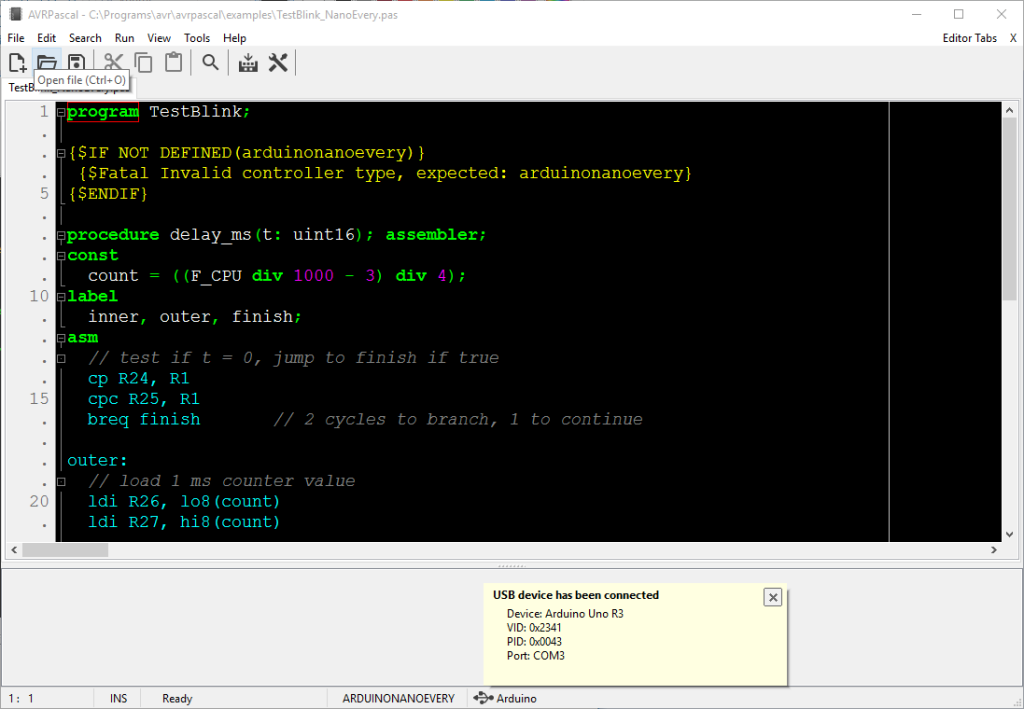HVAC system standardization plays a crucial role in elevating the efficiency and accessibility of heating, ventilation, and air conditioning solutions. By implementing standardized protocols, manufacturers can streamline their designs, making it easier for homeowners to upgrade to automated HVAC control systems. Innovations like the Arduino HVAC upgrade enable users to integrate smart home HVAC functionality, allowing for greater control and energy savings. Today, with the rise of HVAC remote control systems, homeowners can monitor and adjust their environments from anywhere, enhancing comfort and convenience. Overall, HVAC system modernization through standardization not only simplifies maintenance but also promotes better energy management in homes.
The standardization of HVAC systems refers to the agreement on uniform protocols and practices within the heating, ventilation, and air conditioning industry. This process enables manufacturers to create more efficient systems that cater to contemporary smart living requirements. As smart home technology evolves, the integration of automated HVAC controls becomes essential for seamless operation, transforming traditional setups into responsive environments. Additionally, modern innovations such as remote control capabilities further enhance user experience, allowing for intuitive management of indoor climates. Ultimately, embracing standardization means more reliable, cost-effective, and user-friendly HVAC solutions.
The Importance of HVAC System Standardization
HVAC system standardization plays a crucial role in ensuring efficiency, compatibility, and ease of use in heating, ventilation, and air conditioning systems. With the rise of smart home technology and automated HVAC control, having a standardized approach allows various devices to communicate seamlessly. This results in a streamlined experience for users and facilitates maintenance, ensuring that repairs and upgrades can be made with relative ease. In a time when energy efficiency is paramount, standardization means that manufacturers can focus on innovation without the burden of creating bespoke solutions for each HVAC installation.
Furthermore, standardization simplifies the adoption of new technologies within the HVAC industry. As the market shifts towards more advanced HVAC system modernization techniques, agreeing on control schemes—such as those utilized in smart home HVAC systems—enables faster integration of cutting-edge solutions, like Arduino HVAC upgrades. By ensuring that components are designed with interoperability in mind, manufacturers can enhance the value proposition of their products. Homeowners can experience the benefits of advanced remote control systems, promoting a more comfortable and energy-efficient living environment.
Upgrade Your HVAC System with Arduino for Smart Control
Upgrading an older HVAC system using Arduino offers an innovative way to integrate automated controls into a traditionally manual setup. The flexibility that Arduino provides allows for the installation of custom relay modules, enabling users to control their HVAC systems remotely, even without a standard remote control system. By harnessing WiFi capabilities, users can interact with their systems through smart devices, giving them real-time monitoring and control over home environments. This is particularly advantageous for those looking to enhance comfort levels while optimizing energy consumption.
In addition to enabling direct control, these Arduino HVAC upgrades foster a deeper understanding of the system’s operation. Users can track performance metrics, which informs them about maintenance needs, thereby extending the life of the equipment. By breaking away from the confines of non-standard protocols and utilizing extensive documentation, customizing HVAC systems becomes an accessible avenue for homeowners. Besides the costs associated with implementing sophisticated changes, it’s noteworthy that this DIY approach capitalizes on existing resources while empowering users to enhance their home automation systems.
Integrating Remote Control into Legacy HVAC Systems
Integrating a remote control system into legacy HVAC units is often perceived as a daunting task, especially when original factory settings were not designed for such modifications. However, innovative solutions, like using an Arduino-controlled relay module, can effectively breathe new life into these older machines. By employing smart home technologies and documented electrical schematics, homeowners can gain remote access to their HVAC systems without extensive overhauls. This not only elevates comfort levels by providing adjustable temperatures at the touch of a button but also allows users to monitor their energy usage actively.
Moreover, these upgrades support widespread benefits aligned with modernization trends in the HVAC sector. Altering the existing setup to include remote control features plays a large part in achieving energy efficiency goals. By enabling homeowners to program their systems based on occupancy or preferred schedules, HVAC systems can operate only when necessary, reducing energy waste. Thus, the integration of remote controls into older models highlights the intersection of legacy systems and modern solutions, demonstrating that creativity and technology can collaborate to enhance overall functionality.
The Role of Smart Home Technology in HVAC Control
The surge in smart home technology has significantly influenced how homeowners approach HVAC control. Smart home HVAC systems are designed for optimum efficiency and convenience, leveraging IoT devices to provide real-time insights and advanced control capabilities. By integrating smart devices with traditional HVAC units, like those upgraded with an Arduino, users can create environments that are not only comfortable but also energy-smart. Automation features allow for the programming of temperatures based on time and occupancy, which ultimately contributes to significant savings and enhanced performance.
Additionally, the compatibility of these smart systems with various household technologies reflects the importance of standardization. When HVAC systems are standardized, it ensures that devices can easily communicate with one another, creating a cohesive ecosystem that benefits users. Homeowners can use mobile apps to oversee the entire HVAC operation, including temperature settings and energy consumption analytics. As smart home technology continues to evolve, embracing this trend helps homeowners stay ahead of the curve in both comfort and energy efficiency.
Benefits of HVAC System Modernization
Modernizing an HVAC system brings numerous advantages that can transform how a home functions. With innovations such as automated controls and smart home integration, these systems can become more responsive to the needs of their occupants. A well-modernized HVAC unit is often equipped with sensors and connectivity features allowing for real-time adjustments based on environmental conditions, thus enhancing indoor air quality and overall comfort. As such, homeowners can enjoy a living space that adapts intuitively to changing circumstances.
Moreover, the ecological impacts of modernizing HVAC systems cannot be overstated. As the focus shifts towards sustainability within the heating and cooling sector, updated systems can offer significant energy savings compared to their outdated counterparts. Their incorporation of automated management tools aids in reducing operational costs while promoting eco-friendly practices. This commitment to energy efficiency is not just beneficial for reducing utility bills, but it also plays a crucial role in mitigating environmental impacts, aligning individual practices with broader climate goals.
DIY Solutions for HVAC System Upgrades
DIY solutions for HVAC system upgrades are increasingly popular among homeowners looking to save on costs while enhancing their home environment. With the right tools, documentation, and a bit of creativity, leveraging technologies like Arduino can streamline the upgrade process. Users can build their automated HVAC control systems that respond to real-time data and user preferences, providing unique solutions tailored to their specific needs. Moreover, the sense of accomplishment derived from successfully implementing these upgrades adds a rewarding aspect to the experience.
Additionally, engaging in these DIY projects promotes a greater understanding of one’s HVAC system, empowering homeowners to maintain and troubleshoot any issues independently. As they navigate the intricacies of their systems, they cultivate skills that translate into more informed decisions regarding future upgrades or repairs. This hands-on approach not only drives technological literacy but also aligns with modern trends toward personalization in home improvement.
Challenges in Reaching HVAC Standardization
Achieving standardization in the HVAC industry is often fraught with challenges, especially given the variety of manufacturers and systems available. The absence of a unified control protocol can lead to complications when trying to integrate devices or make upgrades. For instance, older HVAC systems constructed before the establishment of common standards pose significant barriers to modernization. Users may find that available off-the-shelf solutions do not align with their equipment, leading to frustration and additional costs.
Moreover, the push and pull between innovation and standardization can create a contentious environment within the industry. While standard protocols can greatly enhance interoperability, manufacturers often compete on unique features and proprietary technologies that may not conform to standardized practices. This scenario complicates the landscape for consumers, who may struggle to navigate options that could otherwise provide seamless integration among their heating, ventilation, and air conditioning systems.
The Future of HVAC Control Technology
Looking ahead, the future of HVAC control technology appears promising, particularly with advancements in automation and smart home integrations. As the demand for energy-efficient solutions grows, innovations like machine learning and predictive algorithms will drive the evolution of HVAC systems. These technologies can optimize performance and consumption patterns, leading to even greater savings and comfort levels for homeowners. The emergence of these advanced technologies aligns well with the industry’s move towards comprehensive standardization efforts, aiming to simplify system interoperability and showcase innovation.
Additionally, as more consumers embrace sustainable practices within their homes, the HVAC industry must adapt to meet the new expectations of responsible energy use. Future HVAC systems are likely to integrate more extensively with renewable energy sources and utilize resources more efficiently. As they evolve, these systems will enable homeowners to play an active role in their energy management, helping them reduce their carbon footprint and align with ecological priorities. Overall, the trajectory of HVAC control technology appears set for exciting advancements that prioritize user-centric design and environmental sustainability.
Frequently Asked Questions
What is HVAC system standardization and why is it important?
HVAC system standardization refers to the establishment of uniform procedures and protocols for the design, installation, and operation of heating, ventilation, and air conditioning systems. It is crucial because it ensures compatibility between different systems, improves efficiency, reduces costs, and enhances the safety and comfort of indoor environments. Standardized systems also facilitate easier upgrades and integration with smart home HVAC technologies.
How can automated HVAC control systems improve energy efficiency?
Automated HVAC control systems optimize heating and cooling based on real-time data and user preferences, significantly improving energy efficiency. By implementing standardized protocols within these systems, users can enjoy seamless integration with smart home HVAC solutions, reducing unnecessary energy consumption and lowering utility bills.
What role does Arduino play in upgrading an outdated HVAC system?
Arduino can be instrumental in upgrading outdated HVAC systems by enabling automated control features. By creating custom relay modules with Arduino, users can introduce WiFi capabilities and remote control options to non-standardized systems, modernizing them while avoiding complex invasive methods. This approach not only enhances functionality but also allows for easy adaptation to new technologies within HVAC system modernization.
Can a non-standard HVAC system be integrated into a smart home HVAC setup?
Yes, a non-standard HVAC system can be integrated into a smart home HVAC setup using custom solutions like Arduino-based relay modules. These modules can communicate with home automation systems, allowing users to monitor and control their HVAC systems remotely, despite lacking standardized remote control systems. This flexibility is crucial for modernizing aging HVAC systems efficiently.
What challenges are associated with HVAC system standardization?
Challenges in HVAC system standardization include reaching consensus among manufacturers, as different companies may use varying protocols and technologies. This lack of agreement can lead to compatibility issues, making it difficult for users to implement automated HVAC control systems. However, overcoming these challenges can lead to enhanced interoperability and modernization opportunities for all types of HVAC systems.
How does HVAC system modernization benefit homeowners?
HVAC system modernization offers homeowners increased energy efficiency, improved comfort levels, and enhanced control over their indoor environments. By adopting standardization practices and integrating automated HVAC control systems, homeowners can benefit from lower energy bills, reduced maintenance costs, and the convenience of smart home HVAC technologies that offer remote monitoring and control options.
| Key Point | Details |
|---|---|
| Importance of Standardization | Standardization saves time, energy, and money by ensuring everyone agrees on task performance. |
| Challenges in HVAC Standardization | At the time of construction, there was no standard control scheme established for HVAC systems. |
| Upgrading Old Systems | Using an Arduino, an old HVAC system can be modernized with automatic control features. |
| Limitations of Commercial Solutions | Off-the-shelf solutions were not compatible with the existing system. |
| Alternative Approaches | Building a relay module with Arduino was more cost-effective and easier. |
| Benefits of Detailed Documentation | Extensive documentation allowed for a successful upgrade, ensuring proper wiring. |
| Consensus on Standards | Achieving consensus on standards can be challenging but leads to more effective solutions. |
Summary
HVAC system standardization is crucial for improving energy efficiency and cost savings in modern systems. While reaching an agreement on standards can be challenging, the benefits of having a unified approach greatly outweigh the difficulties. The ability to modernize HVAC systems, even those with outdated technology, is enhanced when clear standards are in place, leading to more innovative solutions that integrate with home automation, thus providing both comfort and efficiency.



